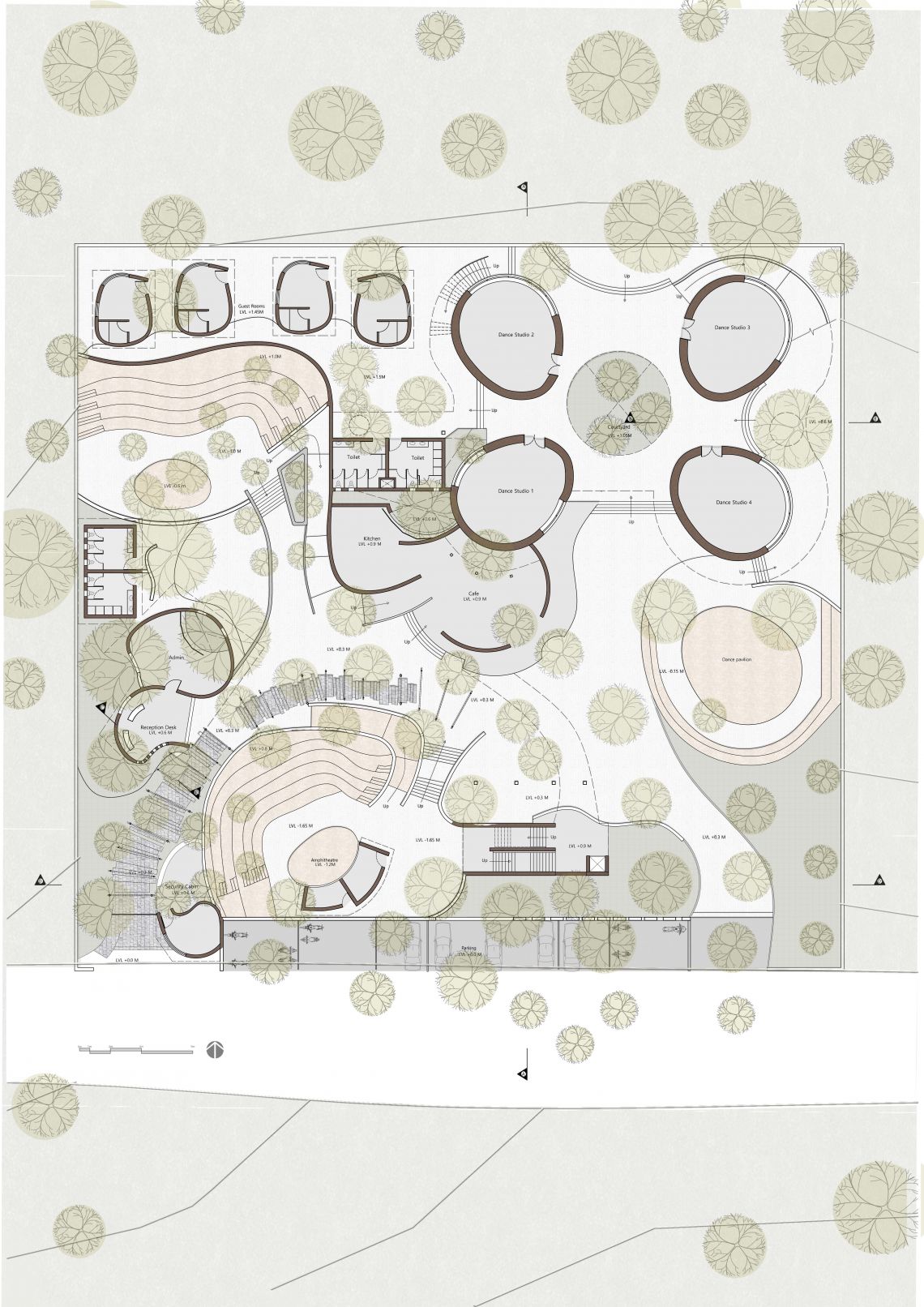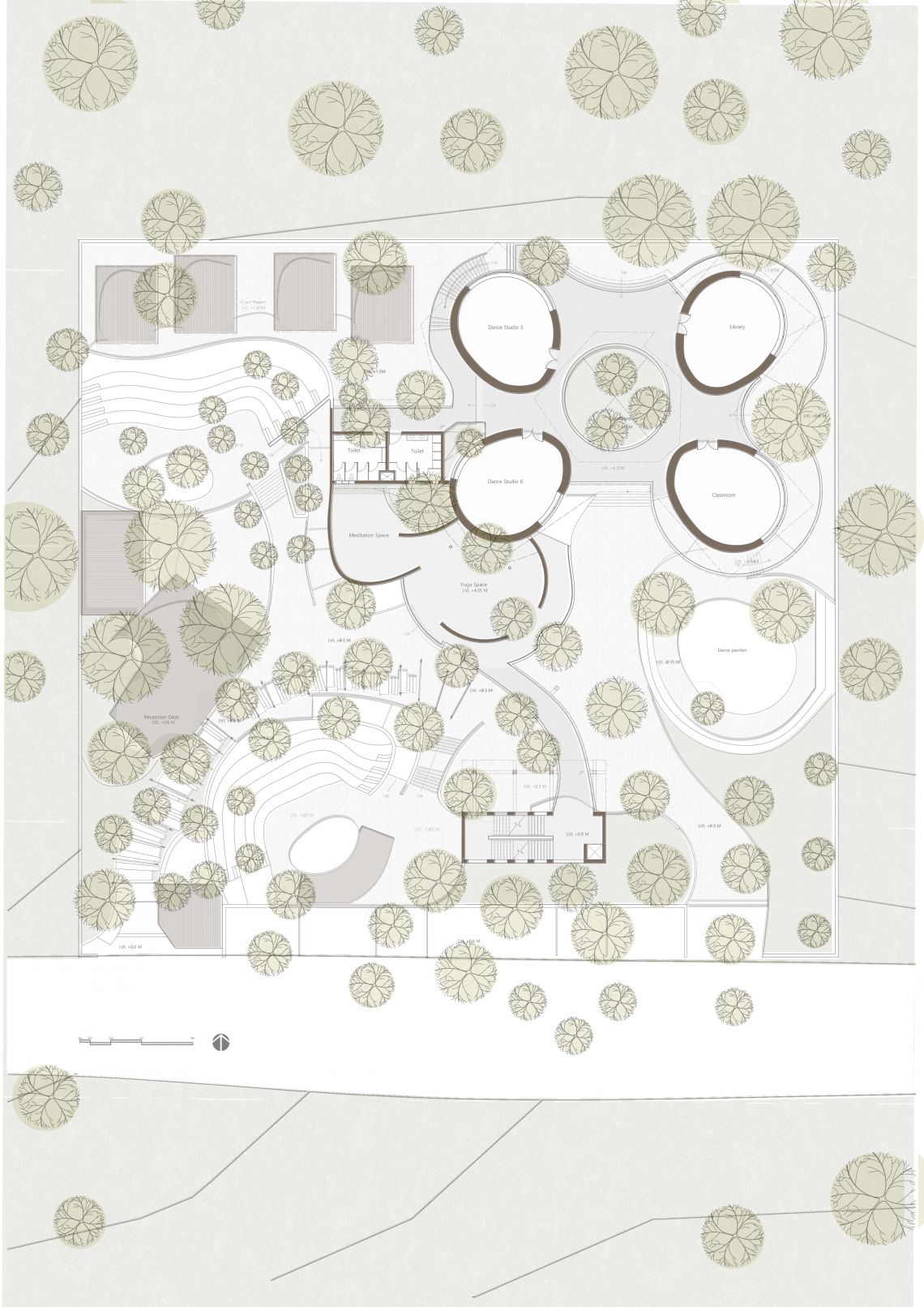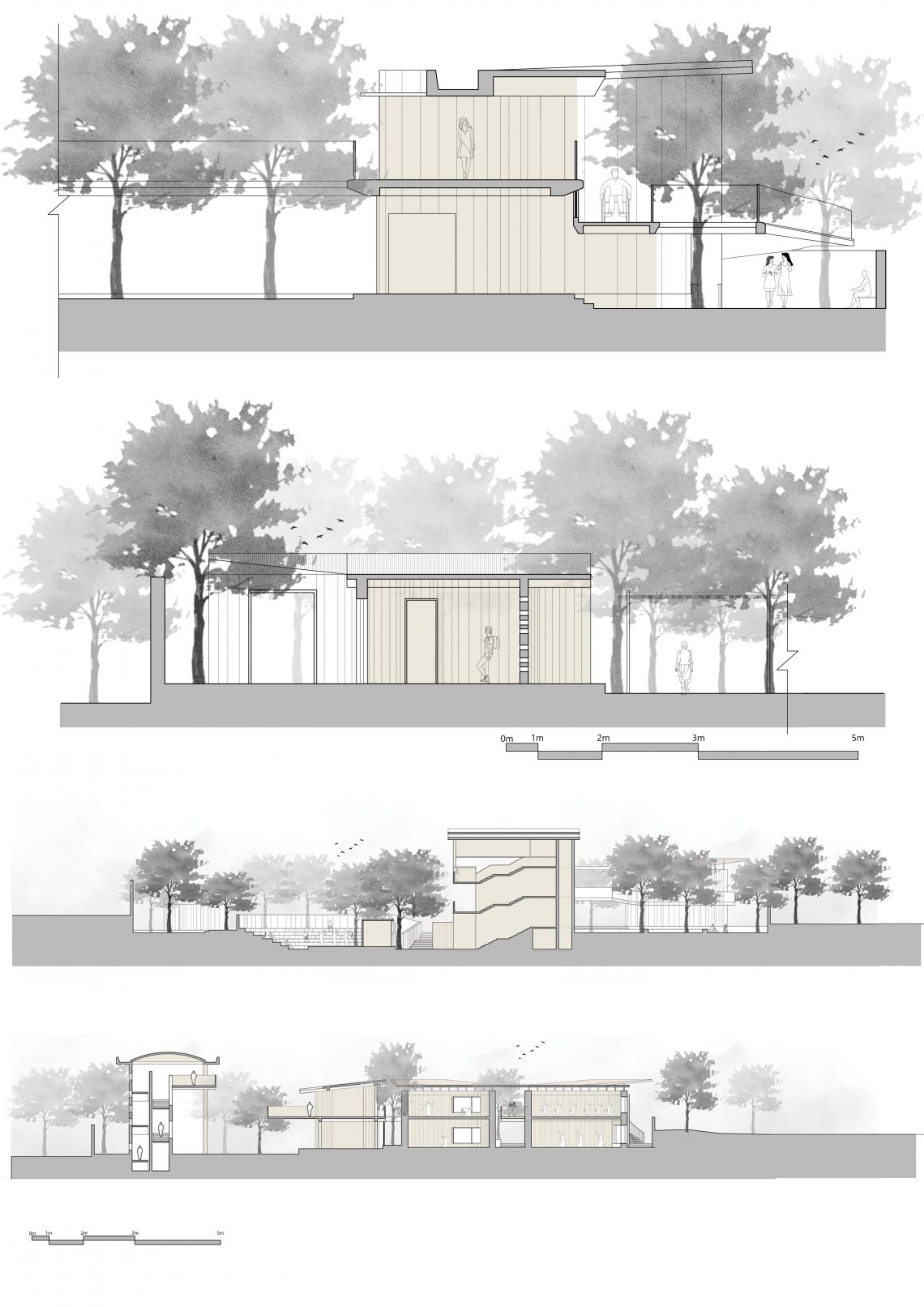Your browser is out-of-date!
For a richer surfing experience on our website, please update your browser. Update my browser now!
For a richer surfing experience on our website, please update your browser. Update my browser now!
Dance is to move rhythmically to music, typically following a set sequence of steps. But it is very personal for everyone. For someone, it is worship, for someone it is an art, for someone it is an expression of emotions, for someone it is a symbol of happiness, for someone it is an entertainment, for someone it is a life. Dances are a form of coherent expression of human feelings. It is an engagement between body and space. It is an expression of emotions and body. Before the founding of dance and theatre institutions and schools in the early 20th century, classical music, acting and dance traditions were taught by masters or gurus. This guru-shishya system of education indicates a close personal contact between a master and pupil as well as the surrounding natural environment and the human body. As time passed, artists improvised many classical dances which resulted in the present-day forms. Now there are many dance places but the connection between the natural environment and body has vanished. Dance has positive psychological effects in natural settings through engagement in physical activity. There is a large body of evidence confirming that physical activity in green natural settings and engagement in physical activity alone enhance positive emotions. There are research shows that the effect of dancing in a natural environment creates more positive energy than a built environment. According to Anecdotal reports from events such as the San Francisco Swing Dance Festival support the viewpoint that parks are attractive recreational spaces for dancers. Dancing as a form of exercise has also been found to increase positive mood, as well as to reduce stress and depressive affect (Bartholomew & Miller, 2002). Thus the project intends to create a space which allows having interaction between space and body as a physical and spiritual experience through responding movement in a form of dance in a natural setting.








